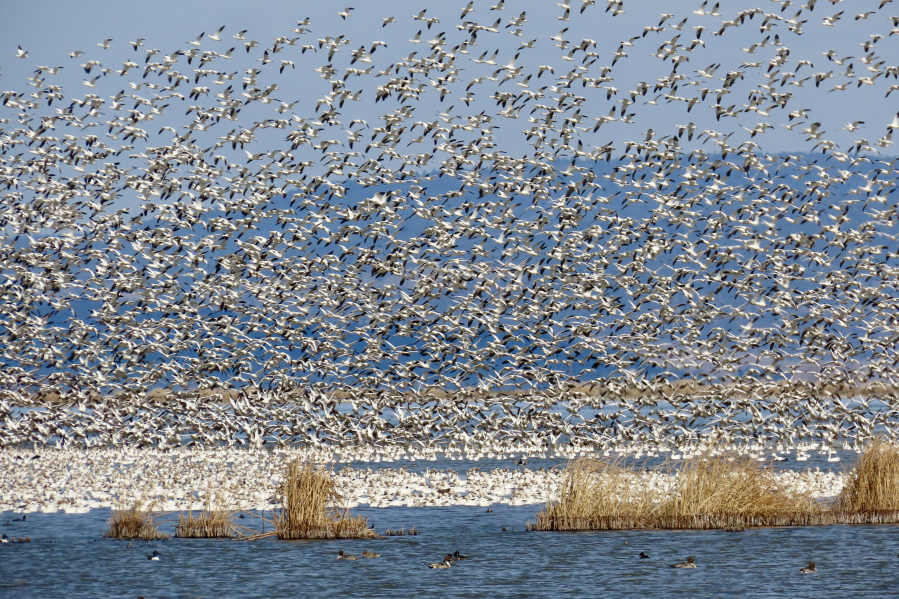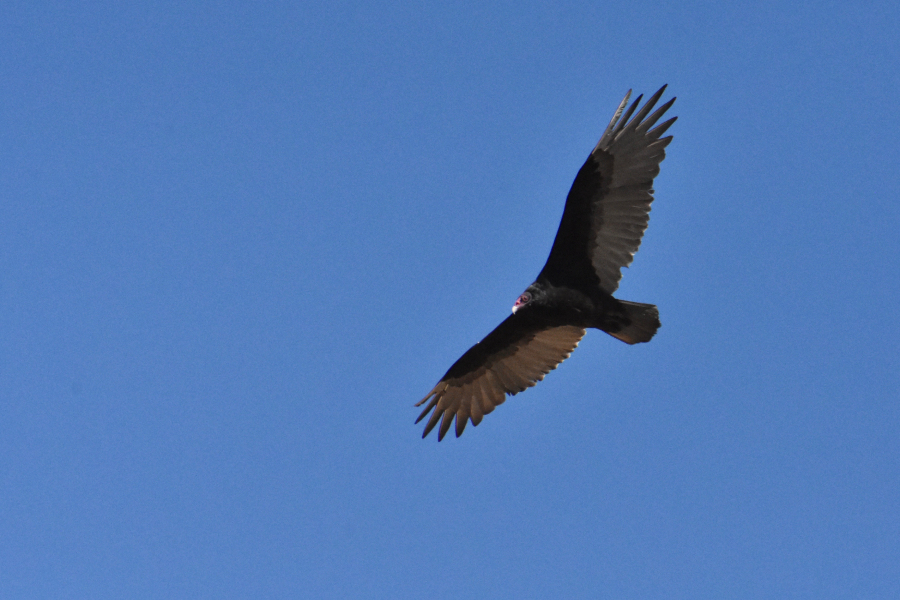For the past few weeks, dozens of turkey vultures have been circling on thermals over my house in Oregon, preparing to soar away south into California. Not long ago, I saw a late monarch butterfly passing high overhead, its orange wings incandescent against the blue sky.
These are examples of the great migratory movements that enliven the West every spring and fall.
The long-distance migrations of seemingly fragile monarch butterflies are among nature’s most incredible phenomena, with eastern populations wintering in vast numbers in a tiny refuge in Mexico, and western populations at a few sheltered spots along the California coast.
Migration is central to the lives of many wild animals of great public interest and huge economic importance, from salmon to waterfowl to large mammals like pronghorn and elk. Just about everybody attuned to the natural world looks forward to some migratory milestone, whether it’s the arrival of the first robin of spring or the beginning of duck hunting season.
Thanks to advances in technology and data collection, this is a golden age for research on migration. Radar allows documentation of the magnitude of animals on the move: On a recent night, for example, it was estimated that 5.4 million birds were in the skies over Oregon.



